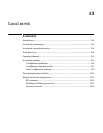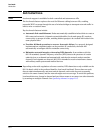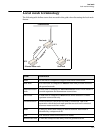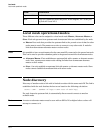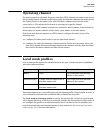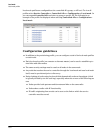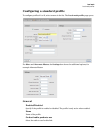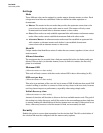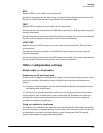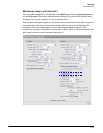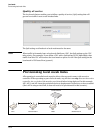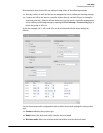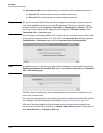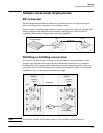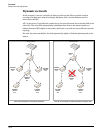
Local mesh
Local mesh profiles
WEP
Enables WEP to secure traffic on the wireless link.
Specify the encryption key the node will use to encrypt/decrypt all data it sends and receives.
The key is 128 bits long and must be specified as 26 hexadecimal digits.
TKIP
Enables TKIP encryption to secure traffic on the wireless link.
The node uses the key you specify in the PSK field to generate the TKIP keys that encrypt the
wireless data stream.
Specify a key that is between 8 and 63 ASCII characters in length. It is recommended that the
key be at least 20 characters long, and be a mix of letters and numbers.
AES/CCMP
Enables AES with CCMP encryption to secure traffic on the wireless link. This is the most
secure method.
The node uses the key you specify in the PSK field to generate the keys that encrypt the
wireless data stream.
Specify a key that is between 8 and 63 ASCII characters in length. It is recommended that the
key be at least 20 characters long and be a mix of letters and numbers.
Other configuration settings
Single radio vs. dual radios
Simultaneous AP and local mesh
A radio can be configured to simultaneously support wireless clients and the creation of one
or more local meshes. Although this offers flexibility it does have several limitations as
follows:
It reduces overall throughput since the total available bandwidth is shared between the
local meshes and wireless users.
It limits you to using the same radio options for both wireless clients and local meshes.
A more effective way to handle this is to use a multi-radio AP. This allows one radio to be
dedicated for wireless users and another for local mesh. Each radio can be configured
optimally according to its application.
Using two radios for local mesh
Two radios can be enabled at the same time on a local mesh profile. This enables the node to
search for a master (or alternate master) on both radios. Once a master is found and the link
is established on one radio, the other is used to create downstream links. This greatly
improves throughput over single-radio deployments.
13-9



